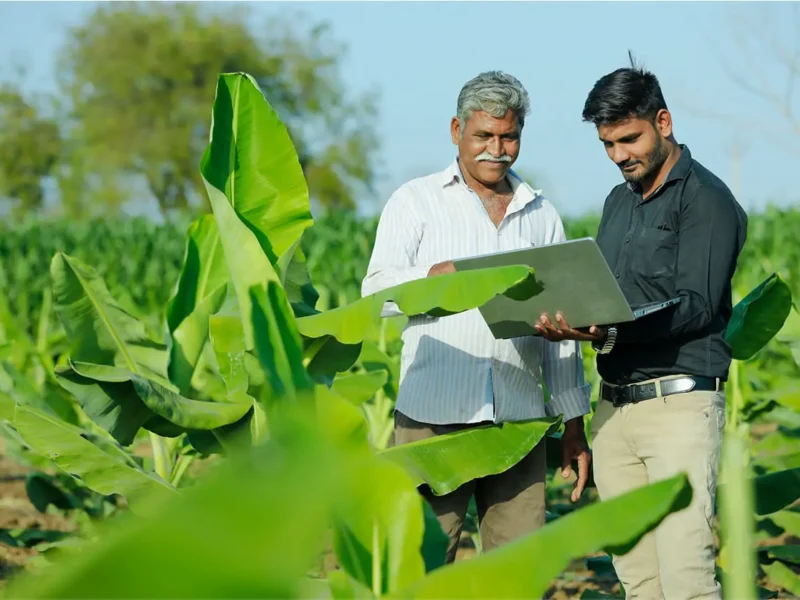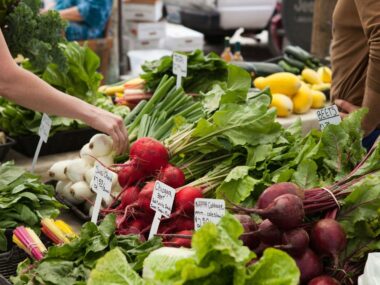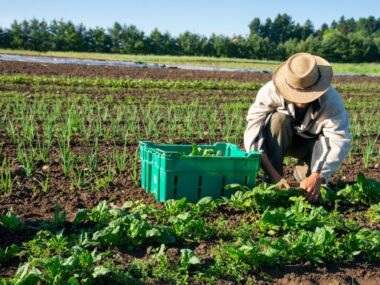Precision agriculture, also known as precision farming or smart farming, is a modern approach to agricultural management that utilizes technology to optimize crop yields, reduce inputs, and enhance environmental sustainability. This comprehensive guide explores the principles, technologies, benefits, and challenges of precision agriculture.
-

TechnicianFarmerUseWifiComputerControlAgricultureDroneOnSweet Definition: Precision agriculture involves the use of advanced technology, data analytics, and decision support systems to optimize farming practices.
Objective: Improve efficiency, productivity, and sustainability in agriculture.
2. Key Components of Precision Agriculture
Global Positioning System (GPS):
Enables precise mapping and tracking of field activities.
Facilitates accurate navigation for machinery and equipment.
Remote Sensing:
Satellite and drone imagery for monitoring crop health and detecting variability.
Sensors for measuring soil moisture, temperature, and nutrient levels.
Data Analytics and Decision Support Systems:
Algorithms and software for analyzing agricultural data and providing actionable insights.
Integration of weather forecasts, soil data, and crop models for informed decision-making.
3. Technologies in Precision Agriculture
Variable Rate Technology (VRT):
Precision application of inputs such as fertilizers, pesticides, and irrigation water based on field variability.
Auto-steer Systems:
Automated guidance systems for tractors and machinery, reducing overlap and optimizing field operations.
Unmanned Aerial Vehicles (UAVs):
Drones equipped with cameras and sensors for high-resolution imaging and mapping.
Robotics and Automation:
Robotic systems for planting, harvesting, and weed control, increasing efficiency and reducing labor costs.
4. Benefits of Precision Agriculture
Increased Yield and Profitability:
Optimal resource management leads to higher crop yields and improved financial returns.
Resource Efficiency:
Precise application of inputs reduces wastage and environmental impact.
Data-Driven Decision Making:
Real-time monitoring and analysis enable proactive management and risk mitigation.
Sustainability:
Reduced use of agrochemicals and conservation of natural resources contribute to environmental sustainability.
Scalability:
Applicable to farms of all sizes, from smallholder plots to large commercial operations.
5. Challenges and Limitations
Cost of Technology:
Initial investment and ongoing maintenance costs can be prohibitive for some farmers.
Data Management and Privacy:
Concerns about data ownership, security, and privacy.
Skills and Training:
Farmers require training to effectively utilize and interpret precision agriculture technologies.
Accessibility and Adoption:
Limited access to technology and digital infrastructure in rural areas may hinder adoption.
6. Applications of Precision Agriculture
Crop Management:
Monitoring crop health, growth stages, and nutrient requirements for targeted interventions.
Soil Management:
Mapping soil variability and optimizing soil amendments for improved fertility and structure.
Water Management:
Precision irrigation systems for efficient water use and drought mitigation.
Pest and Disease Management:
Early detection and targeted treatment of pest infestations and diseases.
Supply Chain Optimization:
Traceability and quality control throughout the agricultural value chain.
7. Case Studies and Success Stories
Example 1: Implementation of precision agriculture techniques in the Midwest United States leading to significant yield increases and cost savings.
Example 2: Adoption of precision irrigation systems in drought-prone regions of Australia resulting in water savings and improved crop resilience.
Example 3: Use of satellite imagery and data analytics in Brazil to monitor deforestation and enforce environmental regulations.
8. Future Trends and Developments
Integration of Artificial Intelligence (AI):
Machine learning algorithms for predictive analytics and autonomous decision-making.
Internet of Things (IoT):
Connectivity between sensors, devices, and equipment for real-time monitoring and control.
Blockchain Technology:
Secure and transparent data management for supply chain traceability and quality assurance.
Advancements in Sensor Technology:
Miniaturization and cost reduction of sensors for widespread adoption.
9. Policy and Regulatory Considerations
Investment Incentives:
Government support and subsidies for adoption of precision agriculture technologies.
Data Governance:
Legislation and regulations to address data ownership, privacy, and security concerns.
Digital Infrastructure Development:
Expansion of broadband internet and mobile connectivity in rural areas to facilitate technology access.
10. Conclusion
Transformational Potential: Precision agriculture offers immense opportunities to revolutionize farming practices and address global challenges such as food security and climate change.
Collaborative Efforts: Stakeholder collaboration is essential to overcome challenges and realize the full potential of precision agriculture.
Continued Innovation: Continuous research and development are necessary to advance precision agriculture and ensure its scalability and sustainability.
Precision agriculture represents a paradigm shift in farming, empowering farmers with data-driven insights and advanced technologies to optimize production while minimizing environmental impact. By embracing innovation and collaboration, the agricultural sector can unlock new opportunities for growth, resilience, and sustainability in the face of evolving challenges.










